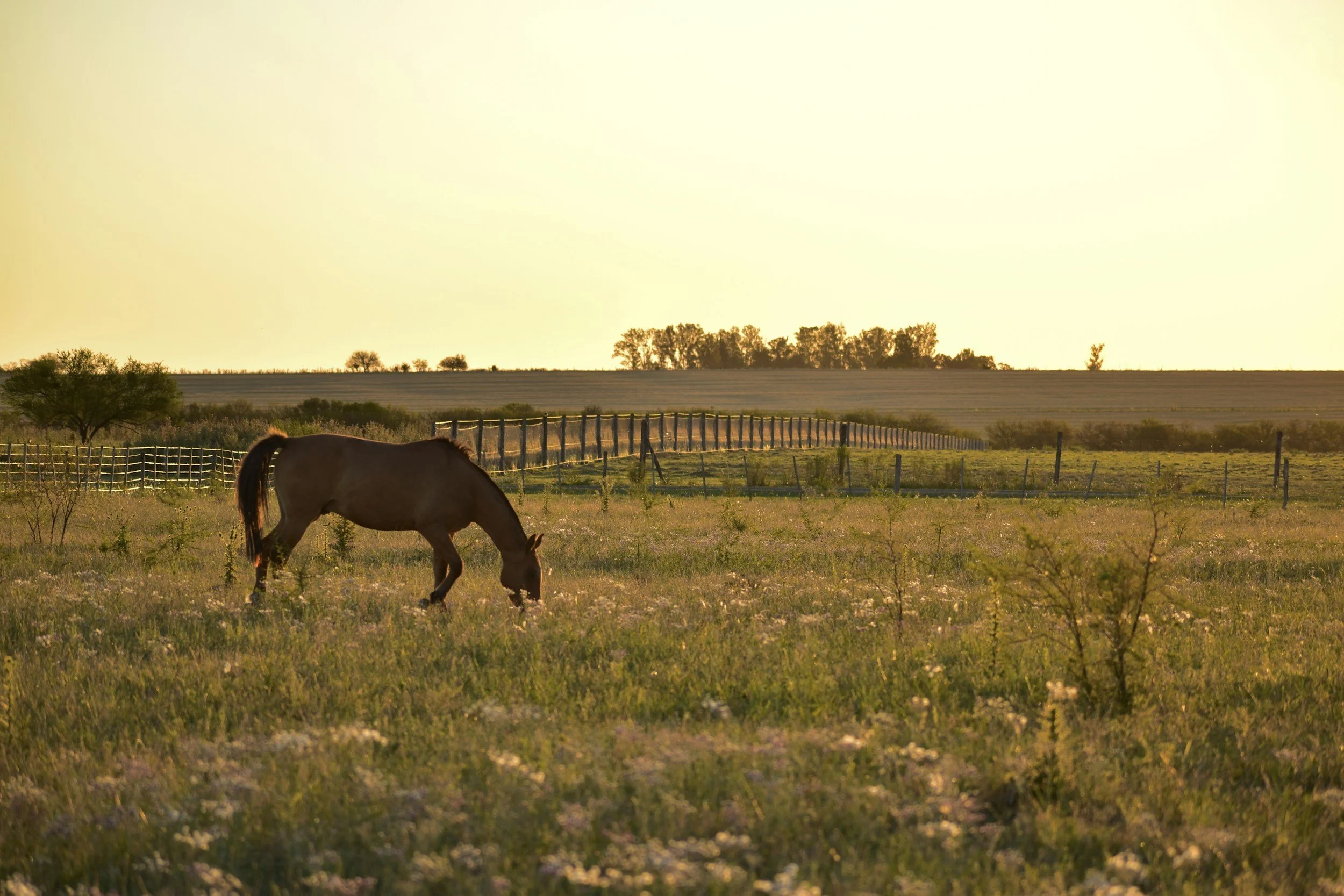By: Raabia Wazir, Staff Member
In July 2010, Congress passed the Dodd-Frank Wall Street Reform and Consumer Protection Act, a section of which directs the Securities and Exchange Commission (SEC) to issue rules requiring companies to disclose their use of conflict minerals if those minerals are “necessary to the functionality or production of a product.”
[1]
Conflict minerals include tin, tantalum, tungsten and gold that originate from the Democratic Republic of Congo (DRC) or one of nine adjoining countries
[2]
and are commonly used in the manufacture of appliances, jewelry, and electronics.
[3]
Congress explained in Section 1502 of the Act that the trade of conflict minerals is helping finance armed groups responsible for extremely violent conflicts in the DRC, and gender- and sexual-based violence in particular.[4] Some statistics suggest that over a third of the DRC’s total mineral profits goes to armed groups, and three-quarters of the armed groups revenue is mine-related.
[5]
By mandating disclosure requirements, Congress hoped to frustrate the groups’ funding and combat the humanitarian crisis in the region.
On August 22, 2012, the SEC released its final rule, requiring companies that use tin, tantalum, tungsten or gold to first conduct a country of origin inquiry.
[6]
If it is possible that the minerals originated from central Africa, then the company must exercise due diligence on the source and chain of custody of the minerals and file a Conflict Minerals Report.
[7]
Then, if the company finds that the minerals financed or benefited armed groups, they must disclose this information and identify the facilities and mines that the minerals originated from with the greatest possible specificity.
[8]
The companies will not be banned from using conflict minerals, but they must be forthright and open about whether, for example, the metal in their products are derived from slave labor.
Industry groups like the U.S. Chamber of Commerce and the American Petroleum Institute profess to support the noble intentions of the law, but insist that the rule is expensive and unfeasible for large companies.
[9]
The SEC identified about 6,000 listed companies directly affected by its rules
[10]
but the National Association of Manufacturers say that each of those companies would have between 2,000 and 10,000 first-tier suppliers.
[11]
These supply chains are enormous and complex, and the listed companies may only trust a supplier’s account of its compliance if they have good reason to do so.
[12]
One solution is for public companies to seek indemnification from their suppliers if they rely on a “conflict free” designation that proves to be inaccurate. Analysts are poring over other provisions of rule, with much hinging on questions like the definition of “manufacturing” and “generic.”
[13]
The Enough Project and Global Witness, the advocacy groups that led the push for the 1502 legislation, are also unhappy with the rule.
[14]
They feel it is long overdue after being held up for sixteen months beyond deadline, and they are frustrated that the SEC will allow companies to declare the mineral origins of products to be “indeterminable” for up to four years.
[15]
Allowing further delay is simply unacceptable considering the scale of the humanitarian crisis.
Still other critics argue that the new rule oversimplifies and exacerbates a complex geopolitical conflict. Political Scientist Laura Seay argues that even prior to the new rule, Section 1502 (nicknamed “Obama’s Law”) led to a de facto boycott on Congolese minerals, putting millions of artisanal miners out of work, increasing smuggling, pushing militant groups to find other sources of revenue, and ultimately failing to reduce the level of violence in the region.
[16]
Seay recommends providing humanitarian relief to the miners who have lost their livelihood and employing them instead in traceability schemes.
[17]
Under the new rule, listed companies will have until May 31, 2014, to make their first disclosures of whether the minerals they use in manufacturing are “conflict-free.”
[18]
[1]
Press Release,
SEC Adopts Rule for Disclosing Use of Conflict Mineral
,
Securities and Exchange Commission
(August 22, 2012), http://www.sec.gov/news/press/2012/2012-163.htm
[2]
Patricia Jurewicz.
Conflict Mineral Rule 1502 – What’s All the Fuss About?
,
Triple Pundit
(August 21, 2012), http://www.triplepundit.com/2012/08/conflict-mineral-rule-1502-whats-all-fuss-about/
[3]
Brady Dennis,
SEC adopts rules on African ‘conflict’ minerals
,
The Washington Post
(August 22, 2012), http://www.washingtonpost.com/business/economy/sec-adopts-rules-on-africa-conflict-minerals/2012/08/22/a3084a86-ec7c-11e1-9ddc-340d5efb1e9c_story.html
[4]
15
U.S.C.
§ 78(m), available at http://www.sec.gov/about/laws/wallstreetreform-cpa.pdf
[5]
Drew Hendricks,
Cleaning Up Conflict Minerals
,
National Geographic
(September 12, 2012), http://newswatch.nationalgeographic.com/2012/09/12/cleaning-up-conflict-minerals/
[6]
Supra
, note 1.
[7]
Id
.
[8]
Id.
[9]
Supra
, note 3.
[10]
Nick Elliott,
Conflict Minerals Rules Could Reverberate Through Supply Chain
,
The Wall Street Journal
(September 14, 2012), http://blogs.wsj.com/corruption-currents/2012/09/14/conflict-minerals-rules-could-reverberate-through-supply-chain/
[11]
Id.
[12]
Id.
[13]
Tim Worstall,
SEC Conflict Minerals Ruling: Does It Actually Affect Apple, Phone Makers, Or Even Electronics Companies?
,
Forbes
(August 24, 2012), http://www.forbes.com/sites/timworstall/2012/08/24/sec-conflict-minerals-ruling-does-it-actually-affect-apple-phone-makers-or-even-electronics-companies/2/
[14]
Clair Provost,
Eastern Congo's poor left counting the cost of conflict-free gadgets
,
The Guardian
(September 3, 2012), http://www.guardian.co.uk/global-development/2012/sep/03/eastern-congo-poor-conflict-free-gadgets
[15]
Press Release,
Global Witness comment on SEC conflict minerals rule,
Global Witness
(August 29, 2012), http://www.globalwitness.org/library/global-witness-comment-sec-conflict-minerals-rule
[16]
Laura Seay,
What’s Wrong with Dodd-Frank 1502? Conflict Minerals, Civilian Livelihoods, and the Unintended Consequences of Western Advocacy
,
Center for Global Development
(January 2012), http://www.cgdev.org/files/1425843_file_Seay_Dodd_Frank_FINAL.pdf
[17]
Id.
[18]
Supra
, note 3.














